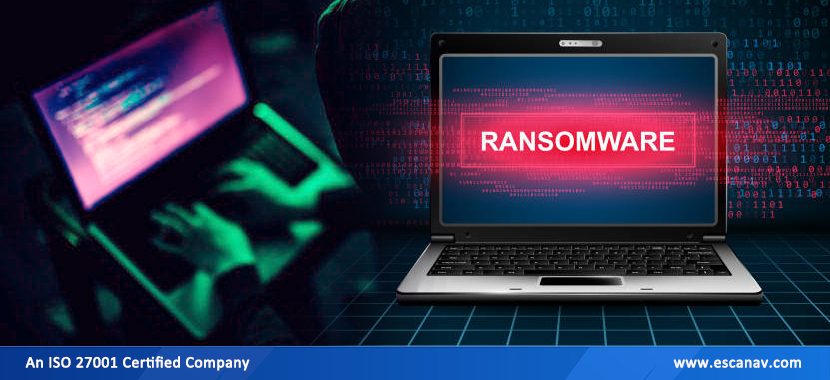A multinational professional services organization conducted an online survey of 50 C-suite and other executives about cyber threat detection and response in June 2012 and discovered that over 87 percent of those polled expected the frequency of cyberattacks targeting their firms to increase over the following 12 months. Furthermore, 65 percent of respondents identified ransomware as their top security issue for the coming year.
Ransomware assaults are neither novel nor unusual. Why, given the threats and vulnerabilities, is there such a lack of readiness, especially with the increased awareness that higher-level executives appear to have regarding cybersecurity issues?
This is due to a number of factors. The sophistication of the attacks is important. The fact that the assaults are changing quickly and using third-party applications as carriers is something for which many organizations are unprepared. This leads to confusion, which hackers can easily exploit.
A second key reason is that ransomware attacks typically target two areas of infrastructure that have previously been overlooked: apps and data saved in files. The conventional wisdom holds that restricting application access, securing critical attributes in structured stores, and relying on tried and tested procedures for infrastructure deployment (hardening) provide attackers with avenues to exploit in order to attack companies.
Another advantage that ransomware attackers have is insufficient resiliency in terms of backups and recovery. Robust resilience necessitates investments and resources. This is typically the responsibility of IT operations rather than security teams. Lack of teamwork and budget constraints are common factors influencing this. Finally, the lack of a comprehensive answer is a problem.
However, all is not lost. The danger of suffering from a catastrophic event that has the capacity to either bring the company to a standstill or inflict huge financial harm has recently captured the attention of the C-Suite.
From a security standpoint, there is probably no other issue that is more important in terms of security and operational readiness.
Hardening the company to withstand and recover from a ransomware assault needs both strategic preparation and tactical readiness. Prioritizing readiness, reducing panic, and making investments all require the C-suite’s support and consent. In the case of an assault, having a well-thought-out plan and testing it ahead of time is crucial. A well-planned ransomware attack has the power to bring a company to its knees.
Certain security posture practices can assist an organization prepare to survive a ransomware attack.
To begin, security teams should prioritize data in their security posture. At the end of the day, the most precious asset of every firm is its data. A company may defend itself at the heart of what matters most by investigating a data-centric security solution that begins with data protection.
A threat vector may get through the network layer since it is a noisy environment with extremely difficult to detect anomalies, but if data is safeguarded, a network breach will not make much progress. Finding a next-generation data security solution that uses a network approach but protects data at the data level allows businesses to secure what is generally most vulnerable.
Second, typical data security entails encrypting data. Traditional encryption solutions, on the other hand, only safeguard data at rest or in motion, not when it is being examined or queried. Next-generation encryption solutions use cutting-edge technology to protect data by keeping it protected even while being processed or queried. Because any stolen or exfiltrated data will be encrypted and made useless, an attacker will be unable to extract a ransom from a business by threatening to disclose or broadcast its sensitive data.
Finally, in addition to a highly sophisticated data encryption solution that keeps data encrypted throughout its lifecycle regardless of location, an organization must ensure that it has a sufficient backup solution in place to perform periodic data and system backups. In this manner, even if a ransomware attack encrypts an organization’s encrypted data again, the organization’s hands are not tied.
With backups easily available and technology in place to ensure that any sensitive data is protected, a business has successfully removed any leverage that such an attacker may have had. Furthermore, an organization has preserved any ransom payment budget that may have been set aside as a last resort. Finally, with such data-centric security solutions in place, cyberattacks insurance rates will be reduced.
To read more, please check eScan Blog







